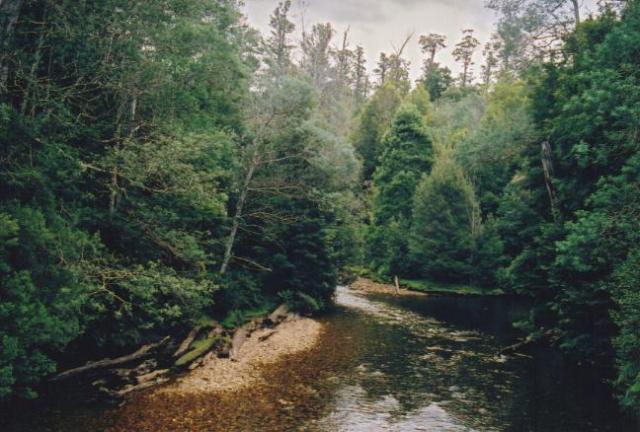
Swedish bank Nordea, a recent potential financier of Gunns’ proposed pulp mill, has said it would want stricter environmental safeguards if it stumps up the funds. In a statement on Twitter, Nordea’s external communications chief, Rune Kibsgaard Sjøhelle, said it had not made a decision to fund the mill, but would need to consider environmental factors. While Sjøhelle said he could not comment on any potential customer dealings, he did say Nordea would not finance the mill “in the form presented in the media so far”.
“When customers approach us regarding new projects, we obviously consider whether it is possible to provide financing for the project according to our policies and procedures. Social and environmental impacts are always included in our evaluation of new projects, and we do not finance projects in conflict with international norm,” he Tweeted.
Several potential European financiers have been pushing the timber giant to tackle anti-mill campaigners’ environmental objections. So far, more than 15 banks globally (including Australia) have declined to finance the mill. In August, Gunns began some land clearing – despite still not having funding for its proposed $2.5bn mill in Tasmania’s Tamar Valley.
Napalm accusations
Danish forest protection group Nepenthes has told The Copenhagen Post that Swedish bank Nordea should not fund the proposed pulp mill because Gunns “clears woodland by using napalm to burn huge areas to make room for their plantations”.
Nepenthes spokesman Jacob Ryding told The Copenhagen Post: “That Nordea is considering investing in such a company is outrageous.” Along with Nepenthes, fellow environmental organisation Avaaz and the Wilderness Society have urged Nordea not to involve itself in the Gunns’ mill – but because Gunns is “notorious for its destructive practices”, not because it uses napalm.
Gunns itself has vigorously denied using napalm.
In January, 4,000 Avaaz members across Scandinavia emailed Nordea in a campaign urging it not to fund the mill.
Tasmania is a long way from Europe and Scandinavia, so it may seem safe to make claims about using napalm to clear land. It’s a very long plane ride, but words fly around the globe in record time. So it must have been with some dismay that environmental groups and anti-mill campaigners read Nepenthes’ napalm claims.
While many do not agree with Gunns’ harvesting methods – or that it logs timber at all – clearly it is ridiculous to suggest it uses napalm in these activities. It’s not helpful to make allegations about the explosive – which brings to mind the Vietnam War, and particularly the grisly image of little girl Kim Phuc running down the road, clothes and skin burnt off.
Meanwhile, Gunns chairman John Gay has told the ASX that the proposed mill had “always been planned and designed as a plantation-based mill”. He said Gunns’ existing resources to that point meant it was impossible to guarantee 100% plantation timber supplied to the mill until five years after operations began.
The Tasmanian timber giant’s chairman said the new source was “an exciting new development… that allows us to accelerate our plantation strategy to supply the Bell Bay mill with 100% plantation timber from mill start-up”. In January, Gunns took over nine managed investment schemes formerly held by Great Southern, comprising 40,000ha of plantation pulpwood across Victoria and South Australia – the so-called ‘Green Triangle’. In the 22 years until its collapse in May 2009, Perth-based Great Southern accumulated 240,000ha of forest and more than 150,000 cattle on 1.5 million hectares.
Comment below to have your say on this story.
If you have a news story or tip-off, get in touch at editorial@sprinter.com.au.
Sign up to the Sprinter newsletter


